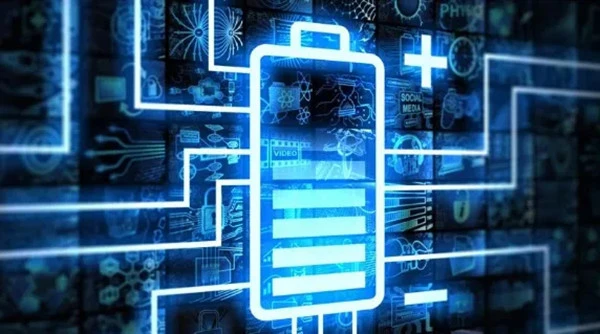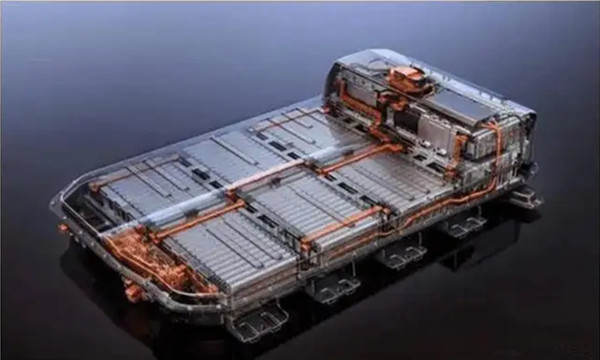What is an energy storage battery?
Energy storage batteries mainly refer to batteries used in solar power generation equipment, wind power generation equipment and renewable energy storage energy.
What is a power battery?
The power battery is the power source that provides the power source for the tool, and mostly refers to the battery that provides power for electric vehicles, electric trains, electric bicycles, golf carts, and drones.

The difference between power battery and energy storage battery
From the classification of battery usage scenarios, batteries are divided into consumer batteries (batteries for consumer electronic products used in mobile phones, notebooks, digital cameras, etc.), power batteries (new energy vehicles, light electric vehicles, power tools, etc.), and energy storage systems Batteries (power stations, communication base stations, etc.).
The power battery is actually an energy storage system battery. However, due to the limitation of the size and weight of the car and the acceleration requirements at startup, the power battery has higher performance requirements than the ordinary energy storage battery, such as the energy density should be as high as possible and the charging speed should be fast. The battery discharge current should be large.
For energy storage lithium-ion batteries, most energy storage devices do not need to be moved, so energy storage lithium batteries have no direct requirements for energy density. For power density, different energy storage scenarios have different requirements. It is used for power peak shaving, off-grid photovoltaic energy storage or peak-valley energy storage scenarios on the user side. Generally, the battery of the energy storage system needs to be continuously charged or continuously discharged for more than 2 hours, and a capacity battery with a charge-discharge ratio of ≤0.5C should be used. For energy storage scenarios with power frequency regulation or smooth fluctuation of renewable energy, the battery of the energy storage system needs to be quickly charged and discharged within a few seconds to a few minutes, so it is suitable for power battery applications with ≥2C. However, in some application scenarios that need to undertake both frequency regulation and peak regulation, energy batteries are more suitable. Of course, power batteries and capacity batteries can also be used at the same time in this scenario.

Compared with power lithium batteries, energy storage lithium batteries have higher requirements for service life. The lifespan of new energy vehicles is generally 5-8 years, while the lifespan of energy storage projects is generally expected to be more than 10 years. The cycle life of the power lithium battery is 1000-2000 times, and the cycle life of the energy storage lithium battery is generally required to be more than 3500 times.
There are some differences between power lithium batteries and energy storage lithium batteries, but they are the same in terms of cells, and ternary lithium batteries and lithium iron phosphate cells can be used. The main difference lies in the BMS battery management system. The power response speed, power characteristics, SOC estimation accuracy, charge and discharge characteristics of the battery can all be implemented on the BMS.